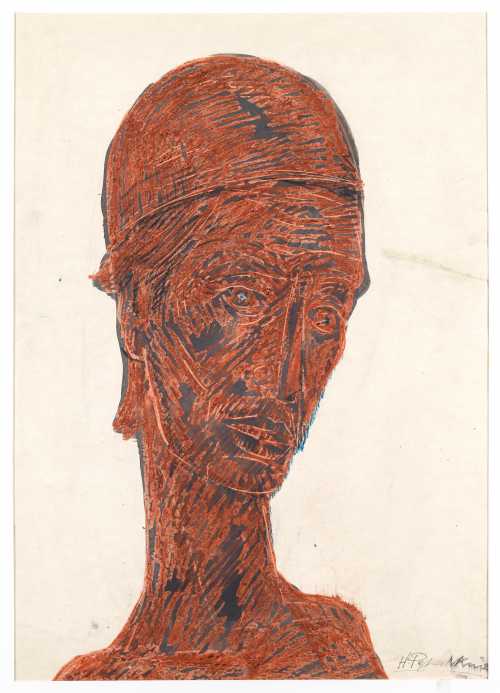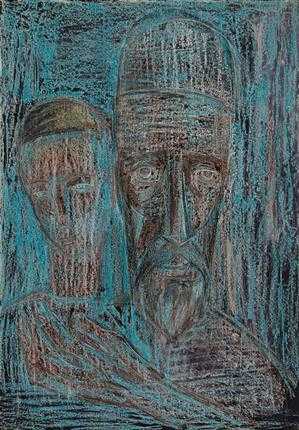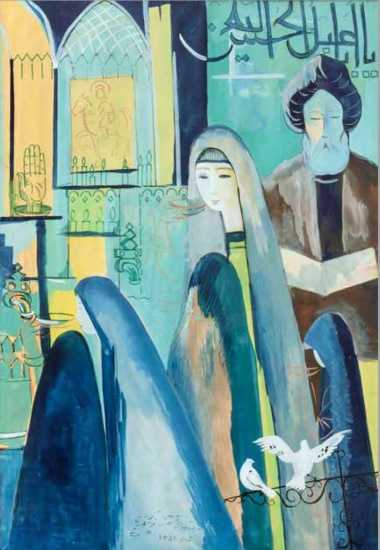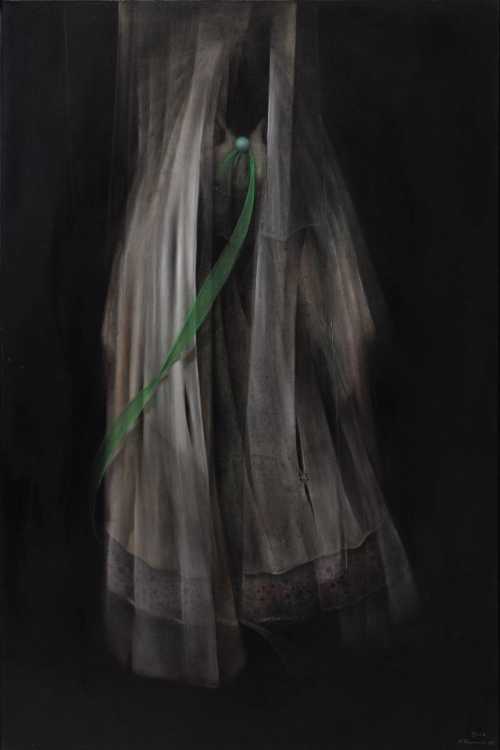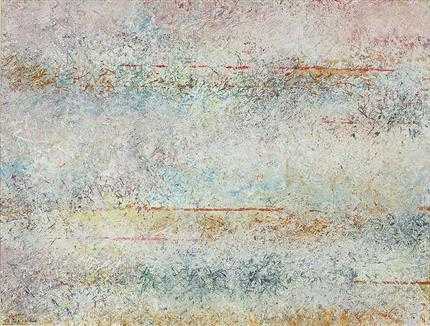- Untitled
- Oil, pastel and gouache on cardboard
- Painting
- 47.5 * 67.5 cm
- signed in English lower right, framed
Artwork Description
Houshang Pezeshknia was born in 1917 in Tehran. His artistic career was short-lived and he was not widely remembered or understood following his death.
He was one of the pioneers of Iranian modernism between 1947-1949, and his work was first exhibited at the Apadana Gallery in 1949. Contemporary academic painters reacted: Jalil Ziapour described it a move towards the reality of painting 'as it should be'; Jalal Ale-Ahmad wrote: 'The new art of this land will eventually be manifest in Pezeshknia's works.'
This outstanding draughtsman preferred imaginative portrait painting, drawing freely yet unfaltering and usually using colour very carelessly. The artist considered himself a humanist painter as his romantic approach towards portraying the life and faces of the tired sun-burnt villagers of his country bears out.
"A head seeming to have been carved out of coral. A burnt face betraying the passage of time. A combination of Greek and Persian profiles, strong, dignified and radiant. A venerable memory of a woman from Khuzestan province, long after Pezeshknia left the region. His expertise in the technique of combining oil pastels with gouache has enabled him to play masterfully with the effects of texture and color. The defined outlines red and black touches in contrast to the white blank background have given the portrait a monumental quality."
He was one of the pioneers of Iranian modernism between 1947-1949, and his work was first exhibited at the Apadana Gallery in 1949. Contemporary academic painters reacted: Jalil Ziapour described it a move towards the reality of painting 'as it should be'; Jalal Ale-Ahmad wrote: 'The new art of this land will eventually be manifest in Pezeshknia's works.'
This outstanding draughtsman preferred imaginative portrait painting, drawing freely yet unfaltering and usually using colour very carelessly. The artist considered himself a humanist painter as his romantic approach towards portraying the life and faces of the tired sun-burnt villagers of his country bears out.
"A head seeming to have been carved out of coral. A burnt face betraying the passage of time. A combination of Greek and Persian profiles, strong, dignified and radiant. A venerable memory of a woman from Khuzestan province, long after Pezeshknia left the region. His expertise in the technique of combining oil pastels with gouache has enabled him to play masterfully with the effects of texture and color. The defined outlines red and black touches in contrast to the white blank background have given the portrait a monumental quality."
More lots by Houshang Pezeshknia
Realized Price
29,070 USD
Min Estimate
17,417 USD
Max Estimate
24,133 USD
Average Artwork Worth
+51.05%
Average Growth of Artwork Worth
Sales Performance Against Estimates
Average & Median Sold Lot Value
2021 - 2025
Performance vs. Estimate
2021 - 2025
Sell-through Rate
2021 - 2025
Similar Artworks
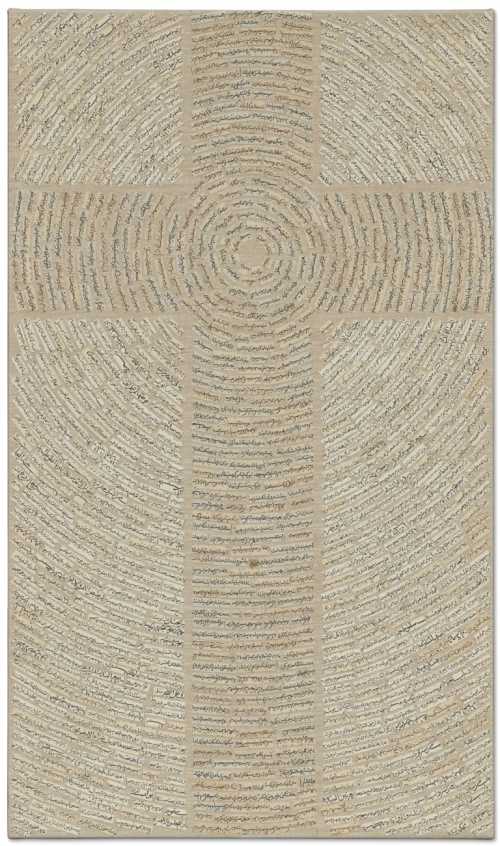
Endless Prayers VIII
Estimation
$10,000
-
$15,000
Realized Price
$22,680
81.44%
Sell at
Sale Date
Christie's
-
18 July 2025
